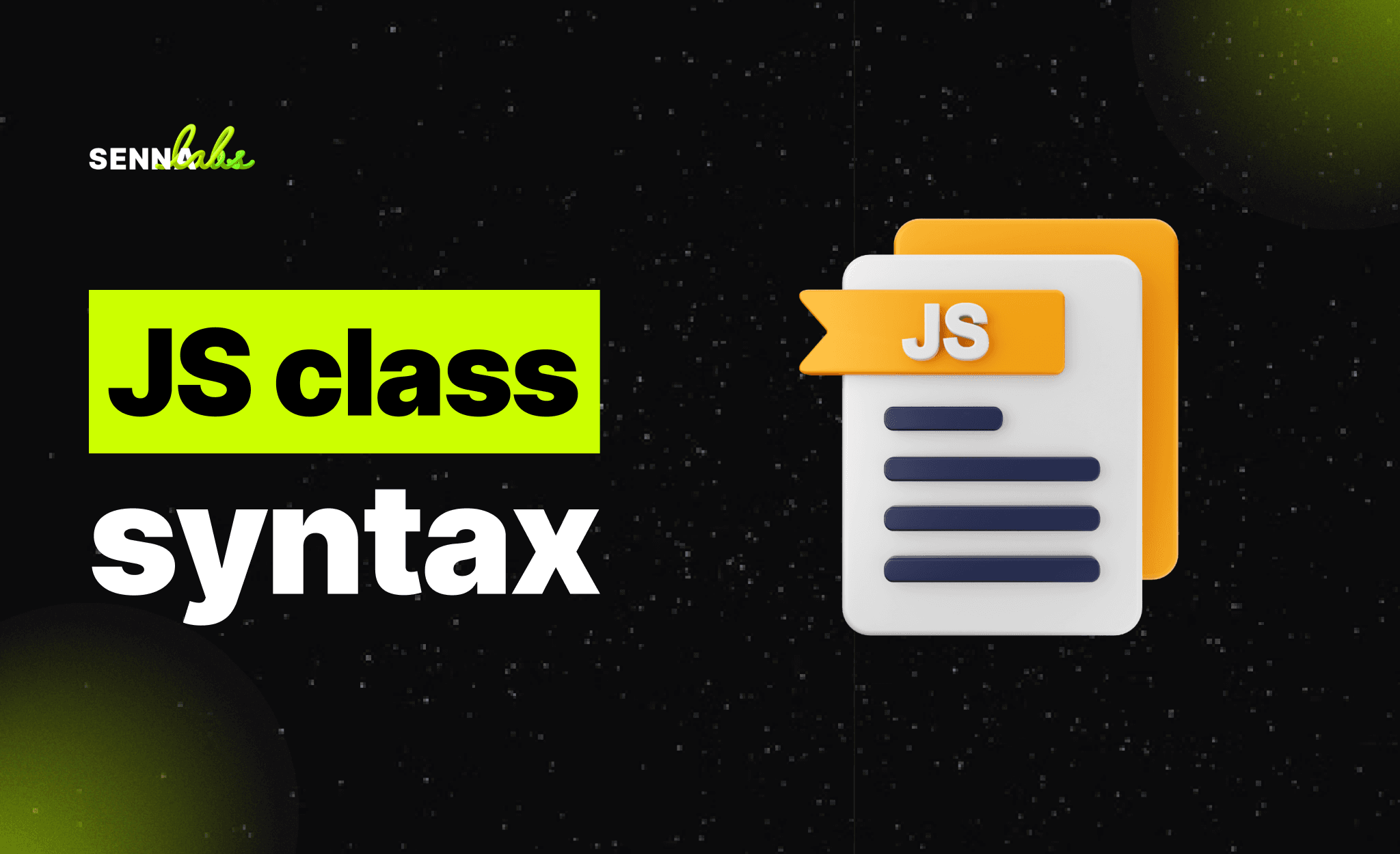Cost Efficiency in Cross-Platform App Development: A Practical Guide
Share

In today’s digital landscape, mobile applications have become essential for businesses across all industries. Whether it's enhancing customer engagement, improving internal processes, or streamlining operational workflows, mobile apps play a pivotal role. However, one of the biggest challenges companies face is the cost of developing and maintaining apps across multiple platforms, primarily Android and iOS.
For many businesses, creating separate native applications for each platform is both time-consuming and expensive. Fortunately, cross-platform development offers an efficient solution by allowing companies to build apps for multiple operating systems with a single codebase. This approach not only reduces development and maintenance costs but also speeds up the time-to-market for new features and updates. In this article, we’ll explore the practical benefits of cross-platform development, highlight how it delivers cost efficiency, and delve into a real-world use case where a logistics company successfully cut their maintenance costs by 35% using this approach.

Why Cross-Platform App Development?
Cross-platform app development allows businesses to create applications that work on multiple platforms, such as Android and iOS, using a single codebase. Instead of developing separate native apps for each platform, cross-platform frameworks like React Native, Flutter, and Xamarin enable developers to write code once and deploy it across various operating systems. This leads to significant cost savings and streamlines the development process.
Here are the key reasons why cross-platform app development is an attractive option for businesses:
-
Cost Efficiency: Developing a single app for both platforms significantly reduces the amount of work required, which lowers development costs. Maintenance costs are also reduced, as businesses no longer need separate teams to maintain different versions of the same app.
-
Faster Time-to-Market: Cross-platform development allows businesses to launch their app simultaneously on Android and iOS, rather than developing them sequentially. This means faster time-to-market for new features and updates.
-
Consistency Across Platforms: By using a shared codebase, businesses can ensure a consistent user experience across both platforms. This is important for maintaining brand integrity and providing a uniform experience for all users, regardless of their device.
-
Single Development Team: With cross-platform development, businesses only need one development team to manage and update the app for both platforms. This reduces coordination issues and allows for a more efficient workflow.
-
Broader Market Reach: Developing apps for both Android and iOS at the same time ensures that businesses can reach a wider audience. This is particularly beneficial for businesses in sectors where both platforms are widely used, such as e-commerce, logistics, and financial services.
Cost Efficiency in Cross-Platform Development
The primary driver behind cross-platform app development is cost efficiency. Here’s how businesses can save money by adopting a cross-platform approach:
1. Reduced Development Costs
When businesses build separate native apps for Android and iOS, they essentially have to pay for two development processes. This includes hiring two separate development teams with expertise in different programming languages—Swift/Objective-C for iOS and Java/Kotlin for Android. These teams then work independently to create two different versions of the same app, resulting in a duplication of effort.
Cross-platform development eliminates this redundancy by allowing developers to write a single codebase that runs on both platforms. This reduces the amount of time and resources required to develop the app, as developers can focus on a single project rather than managing two separate ones.
2. Lower Maintenance and Update Costs
Maintaining and updating a native app requires continuous work from the development team. When separate apps are developed for Android and iOS, any updates or bug fixes must be applied to both versions, which doubles the workload and increases costs. Additionally, coordinating updates across two platforms can lead to delays, causing inconsistency in user experiences.
With a cross-platform app, updates only need to be made once, and they are immediately applied to both platforms. This significantly reduces maintenance costs and ensures that all users, regardless of their device, have access to the latest version of the app at the same time.
3. Streamlined Testing Process
Testing is a critical part of the app development process, as it ensures that the app works as intended across different devices and operating systems. When developing native apps, each version needs to be tested separately, which adds time and cost to the project.
Cross-platform development simplifies the testing process by allowing developers to test a single codebase. While device-specific testing may still be required to account for differences between iOS and Android, the overall testing process is more efficient, reducing the time and cost associated with quality assurance.
4. Efficient Resource Allocation
With cross-platform development, businesses can allocate resources more efficiently. Instead of managing two separate teams, businesses only need one development team with expertise in the chosen cross-platform framework. This allows companies to streamline their workflows, improve communication, and ensure that resources are focused on delivering the best possible app experience for all users.
A Real-World Example: Logistics Company Cuts Maintenance Costs by 35%
To illustrate the cost-saving potential of cross-platform development, let’s explore a real-world use case involving a logistics company that switched from native app development to cross-platform development for their fleet management app.
The Challenge
The logistics company operated a fleet of vehicles that transported goods across multiple regions. To manage the fleet effectively, the company developed a fleet management app that allowed drivers to track shipments, update delivery statuses, and communicate with dispatch teams in real-time. Initially, the company developed separate native apps for Android and iOS to accommodate the different devices used by drivers.
However, maintaining two separate apps proved costly and time-consuming. Every update or feature enhancement had to be implemented twice—once for Android and once for iOS. This slowed down the company’s ability to release new features and created inconsistencies between the two platforms. Additionally, the company’s IT department had to manage two separate codebases, increasing maintenance costs.
The Solution: Cross-Platform Development
To reduce costs and improve efficiency, the company decided to switch to a cross-platform development approach using React Native. This allowed them to consolidate their fleet management app into a single codebase that worked on both Android and iOS devices. The transition to cross-platform development yielded several key benefits:
1. Lower Maintenance Costs
By developing a single app that worked on both platforms, the company was able to reduce its maintenance costs by 35%. Instead of managing two separate codebases, the development team could focus on maintaining and updating a single app. This allowed them to roll out updates and bug fixes more quickly and efficiently.
2. Simultaneous Updates Across Platforms
Previously, the company had to stagger updates across platforms, with Android users receiving updates before iOS users, or vice versa. With React Native, the company was able to release updates simultaneously for both platforms, ensuring that all drivers had access to the same features and improvements at the same time. This improved the overall user experience and minimized confusion among drivers.
3. Enhanced Performance and User Experience
The switch to cross-platform development allowed the company to improve the performance of its fleet management app. By optimizing the app for both Android and iOS using a single codebase, the company was able to reduce loading times, improve app stability, and provide a smoother user experience for drivers. This led to fewer technical issues in the field, which improved productivity and reduced downtime for the fleet.
4. Faster Feature Development
With the previous native approach, adding new features to the app required significant time and resources, as each feature had to be developed separately for Android and iOS. The move to cross-platform development accelerated the company’s ability to develop and release new features. For example, the company was able to quickly add new features like real-time route optimization and delivery tracking, which improved operational efficiency and enhanced the app’s value for drivers and dispatch teams.
Key Benefits of Cross-Platform Development for Businesses
The experience of the logistics company highlights the key benefits of cross-platform development for businesses:
-
Cost Savings: By reducing the need for separate development teams and codebases, cross-platform development cuts costs associated with both development and maintenance.
-
Improved Time-to-Market: With a single codebase, businesses can release new apps, updates, and features more quickly, ensuring that they stay competitive in a fast-paced market.
-
Consistency: Cross-platform development ensures that users on both Android and iOS have the same experience, reducing confusion and improving overall satisfaction.
-
Simplified Maintenance: Managing a single app across platforms simplifies maintenance, bug fixing, and testing, leading to fewer errors and more reliable performance.
Conclusion
Cross-platform app development offers a cost-efficient solution for businesses looking to build and maintain mobile applications for multiple platforms. By consolidating development efforts into a single codebase, companies can reduce development and maintenance costs, improve time-to-market, and provide a consistent user experience across both Android and iOS devices.
The logistics company discussed in this article serves as a strong example of how switching to cross-platform development can yield significant cost savings while enhancing app performance and user satisfaction. By cutting maintenance costs by 35% and delivering updates simultaneously to both platforms, the company was able to improve operational efficiency and deliver a better experience for its drivers.
For any business considering mobile app development, cross-platform frameworks like React Native offer a practical and cost-effective solution that balances performance, scalability, and user experience. Whether you’re building a fleet management app, an e-commerce platform, or a customer engagement tool, cross-platform development can help you achieve your goals while optimizing your resources.

Share

Keep me postedto follow product news, latest in technology, solutions, and updates
Related articles
Explore all


